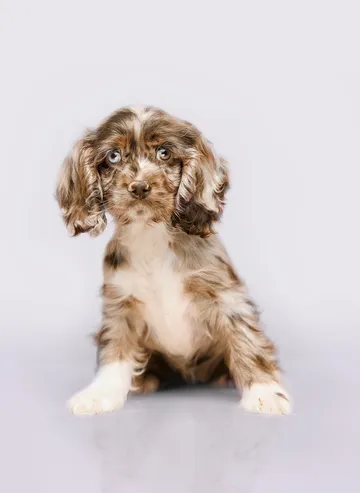Elsa
Mom breed
Poodle
Mom weight
Approx lbs
Dad Breed
Golden Retriever
Dad weight
Approx lbs
Location
Orlando
Status
Adopted
Puppy ID
02085628
What’s included
Always Top Breeders
We exclusively collaborate with licensed breeders, ensuring your new companion is both lovingly raised and well-bred.
Health Warranty
Your puppy's health is our priority, backed by a comprehensive health warranty for your peace of mind.
Meet Before Deciding
Meeting our charming puppies in person lets you to make an informed and heartfelt decision, ensuring a perfect match for your family.
Greet Elsa, an adorable Goldendoodle pup who makes every day a little brighter. Born on 03/22/2023 and currently TBD, this girl is a perfect mix of playful energy and heartwarming affection. Elsa's cheerful disposition and love for life make her a wonderful addition to any home.
